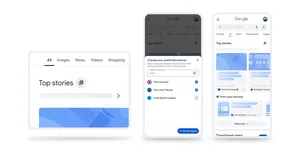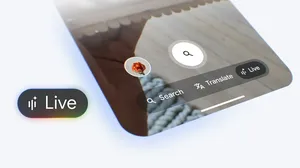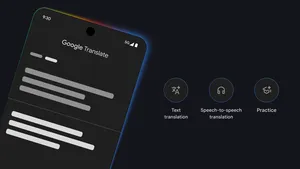How do you pronounce quokka? Practice with Search
People around the world come to Search to ask questions related to language, like looking up the definition of a word or double checking the pronunciation of a word in another language. Just this morning I’ve already searched how to define “otorhinolaryngologist” and the translation of “naranja” in Spanish to English.
Now, we’re helping people pronounce tricky words and understand the meaning of those words. First, we’re launching a new experimental pronunciation feature that lets you practice word pronunciations right in Search. For the visual learners out there, we’re adding images to our English dictionary and translation features to help you better understand the meaning of a word.
Pronunciation practice makes perfect
Studies have shown that practicing how to say a word can be helpful for remembering it, especially when you’re learning a new language. Previously, when you searched for things like “how to pronounce quokka,” you could play audio and hear the word. With the new pronunciation feature, you’ll be able to also practice saying “quokka” into your phone’s microphone and receive feedback on what, if anything, can be adjusted in your pronunciation. This feature is rolling out to American English today, with Spanish soon to follow.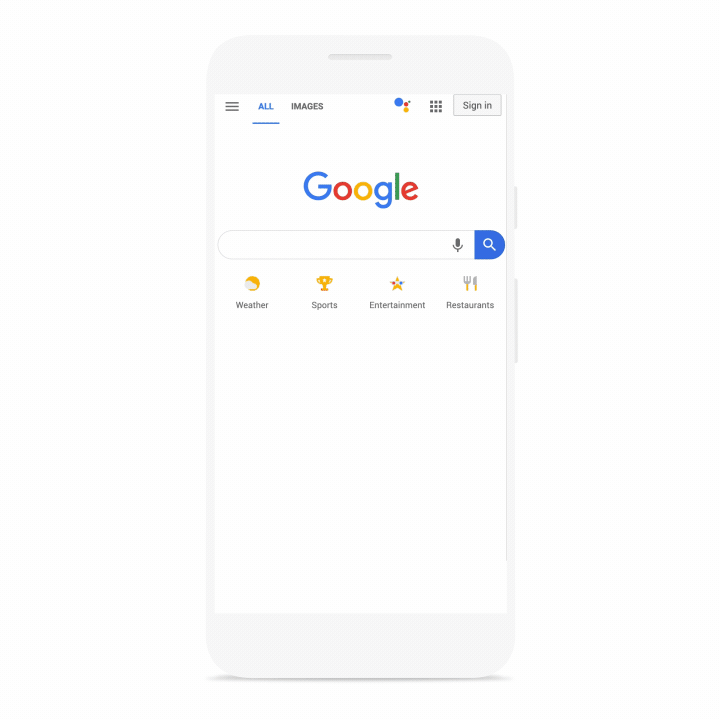
To do this, speech recognition technology processes spoken words by separating them into individual soundbites. Using machine learning, it then cross references your pronunciation with the pronunciation it expects. For example, if you’re practicing how to say “asterisk,” the speech recognition technology analyzes how you said the word and then, it recognizes that the last soundbite was pronounced “rict” instead of “uhsk.” Based on this, you will receive feedback on how you can improve next time.
Visuals help explain a word’s meaning
Visuals are a helpful way to explain what a word means or even improve the retention rate.
Starting rolling out today, when you look up the translation of a word or its definition, you’ll start seeing images that give you additional context. This can be useful with words that have multiple meanings like “seal,” or words like “avocado” that aren’t commonly used in all languages or regions. Since not all words are easily described with an image, we’re starting with nouns and plan to expand from there. Images in the dictionary features will be available in English today and across all language translations.
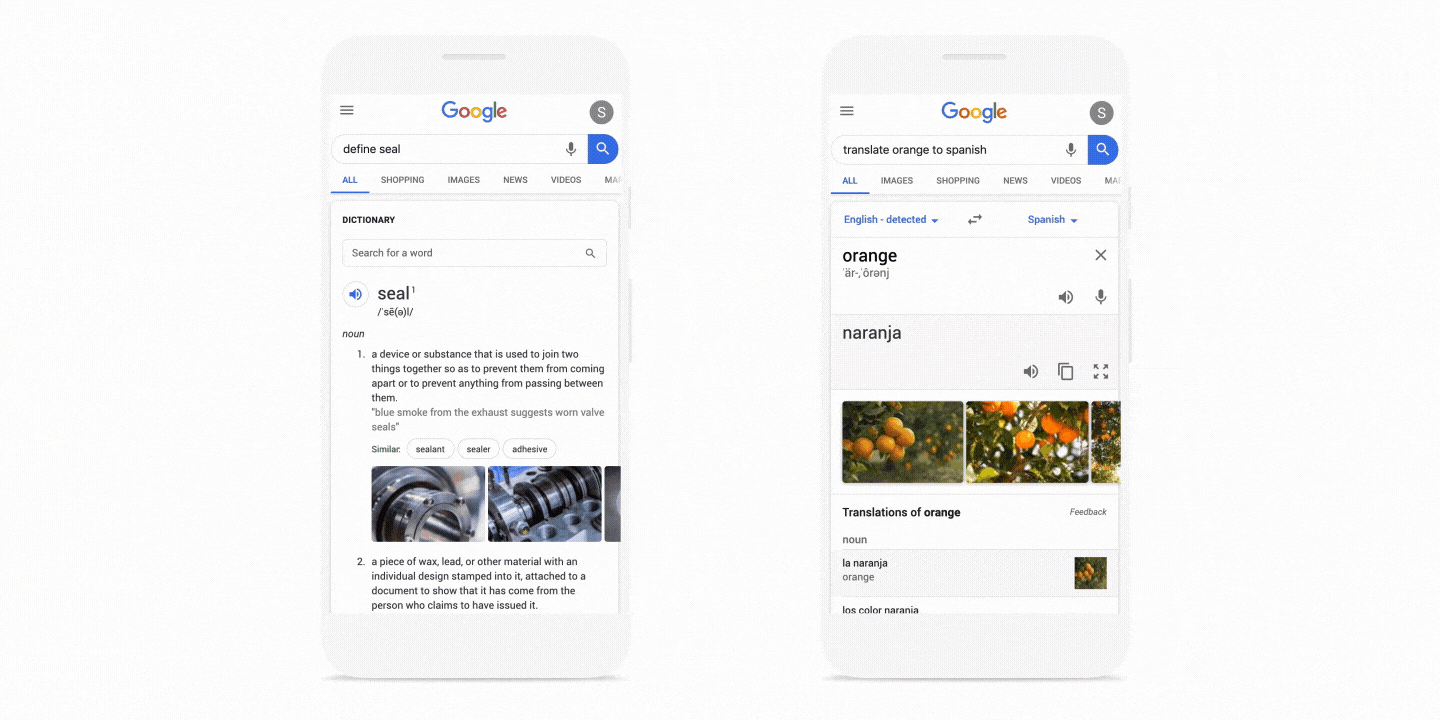
Advances in speech recognition and machine learning can improve the way we learn about languages. We hope these new features give you a creative, more effective way to practice, visualize and remember new words. We plan to expand these features to more languages, accents and regions in the future.



